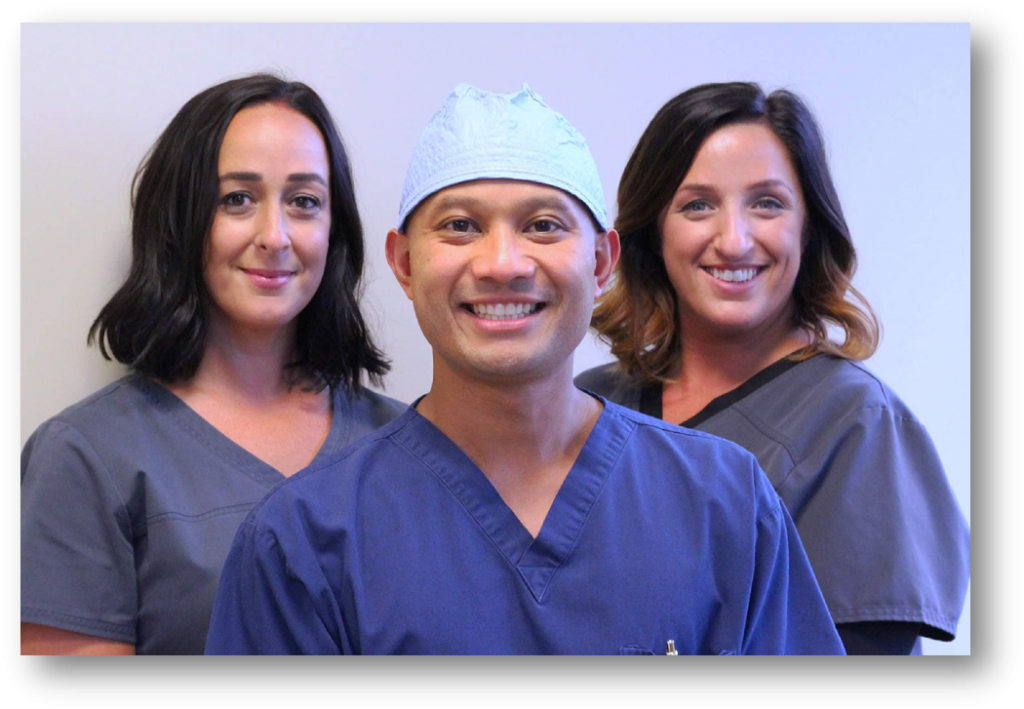How is Keratoconus Treated?
There are two components of keratoconus that need to be addressed when considering its treatment: 1) blurry vision, and 2) progression.
- Blurry vision:
Blurry vision results from the abnormal warpage of the cornea. Glasses and contact lenses are the mainstay and first-line treatments of blurry vision in mild keratoconus. As keratoconus continues to advance, because of worsening irregular astigmatism, glasses alone might not be able to provide clear vision. Special contact lenses, like rigid gas permeable or scleral lenses, might be necessary to allow useful vision.
If the shape of the cornea continues to bulge and warp to the point where even special contact lenses cannot provide good vision, then surgery might be necessary. The goal of surgery is to reshape the cornea to the point where glasses or contact lenses might work again. Such procedures include intracorneal ring segments (INTACS®) and cornea transplantation.
- Progression:
Progression means that the cornea continues to weaken and bulge out over time. Even if keratoconus is diagnosed at an early stage where vision is hardly affected, it might progress to the point where vision is negatively impacted. Progression in keratoconus tends to occur at a younger age, in one’s teens, 20s, or 30s, for example, but can still progress later in life.

Dr. Lorenzo Cervantes and his team at CT Eye Specialists specialize in the care of patients diagnosed with keratoconus and corneal ectasia after refractive surgery. We offer options that include collagen crosslinking using the Avedro KXL® (the first and only FDA-approved therapeutic device that treats progressive keratoconus), INTACS® (intracorneal ring segments designed for the reduction or elimination of myopia and astigmatism in patients with keratoconus), as well as cornea transplantation. By using a variety of tools, our goal is to restore useful, functional, and stable vision for patients with this sight-threatening disease.

